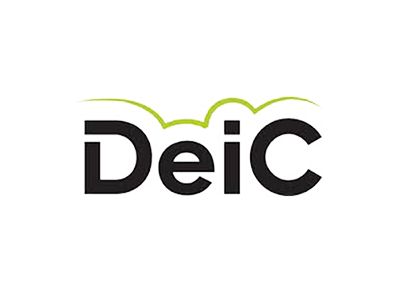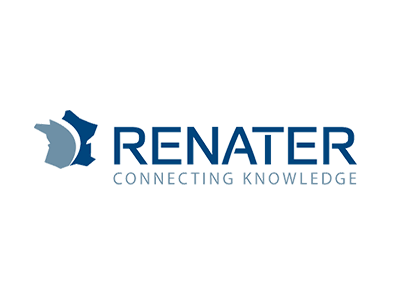Dear cultural heritage conservationists, please relax – the MOLAB van is on its way
A group of roaming scientists travel around Europe in a rather unimpressive white van. However, as unimpressive as it may be on the outside, inside the white van is filled with high tech equipment doing things that to the uninitiated may sound quite severe: Total reflection mid-FTIR, Macro & Micro XRF scanning, Multispectral Vis-NIR reflectography, Vis hyperspectral imaging, and Atomic force microscopy. But in fact, all this does no harm whatsoever to the artefacts under scrutiny. These instruments are what the scientists call “non-invasive”.

Help without harm
In short, when artworks are too fragile to be moved, you have to come to them. So the MOLAB team helps art historians and conservationists study fragile artefacts without harming them, and it has already done so all across Europe. In Oslo MOLAB equipment has been used to analyse the six different versions of the famous Edvard Munch painting The Scream.
In London the famous Armada Portrait of Queen Elisabeth I was examined via Macro X-ray fluorescence scanning, focusing on the two seascapes depicting the Armada action in the background of the painting to provide a clearer view of the original image under the seascapes.
In Edinburgh two different versions of the Virgin of the Yarnwinder painted by Leonardo da Vinci and his assistants were analysed with a portable multi-NIR scanner to compare the materials and techniques of the two paintings.
Part of Iperion project
Developed by a group of scientists from the university of Perugia, Italy, the MOLAB van is currently part of an impressive setup of tools for analysing cultural heritage objects, made accessible to researchers and conservationists throughout Europe through the EU-funded Iperion CH project. There are two additional labs in the Iperion CH setup. One of them is the ARCHLAB focused on knowledge and technical data in archives, enabling cross-border access to repositories in Belgium, France, Italy, Netherlands, Germany, Denmark, Spain and UK. The other is FIXLAB, giving researchers access to large-scale scientific facilities like synchrotrons, neutron sources, and accelerators for investigations on samples or whole objects, revealing their microstructures and chemical compositions.
European research infrastructure
Iperion is all about collaboration and access. The project is establishing a European research infrastructure for restoration and conservation of Cultural Heritage, and although traveling experts like the MOLAB team are in the forefront of the project, the inner workings of accessibility and collaboration depend on the powerful national and transnational connectivity provided by research & education networks in the countries engaged in the Iperion project.
The project integrates national facilities in the area of Heritage Science, offering access to a wide range of high-level scientific instruments, methodologies, data and tools for advancing knowledge and innovation in the preservation of Cultural Heritage. The project covers 23 partners from 12 EU member states, together with one in the US. And it is one among a rising number of projects advancing digital research in the Arts and Humanities sector, focusing on a multidisciplinary approach and on opening up archives and providing access to artefacts and facilities on an unprecedented scale, facilitated by R&E networks providing connectivity and services.
For more information please contact our contributor(s):












